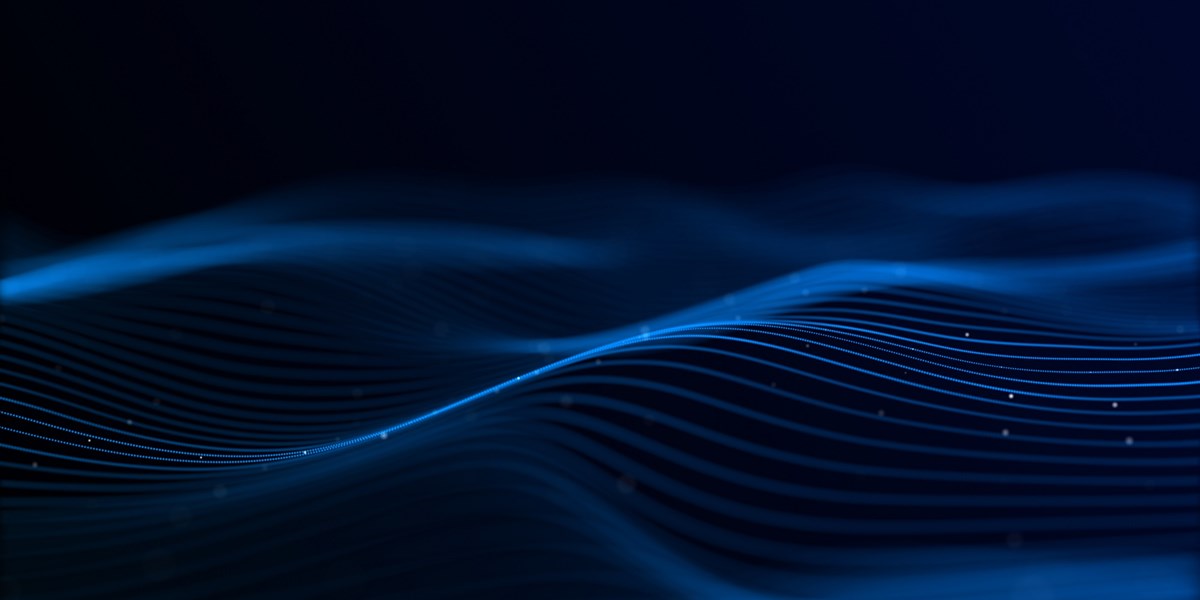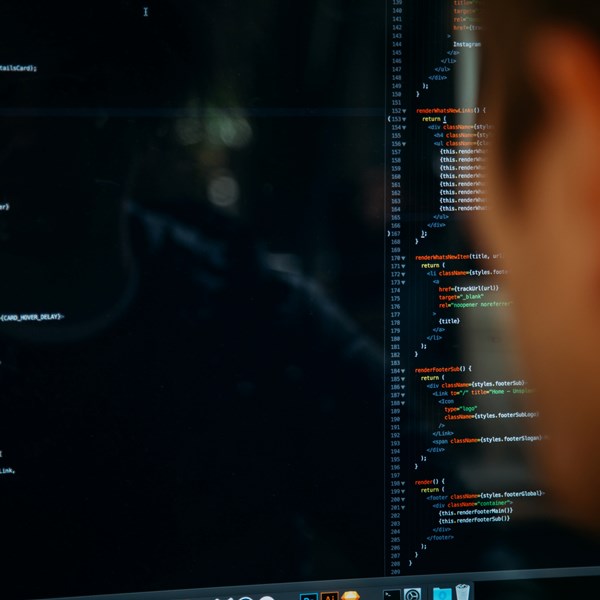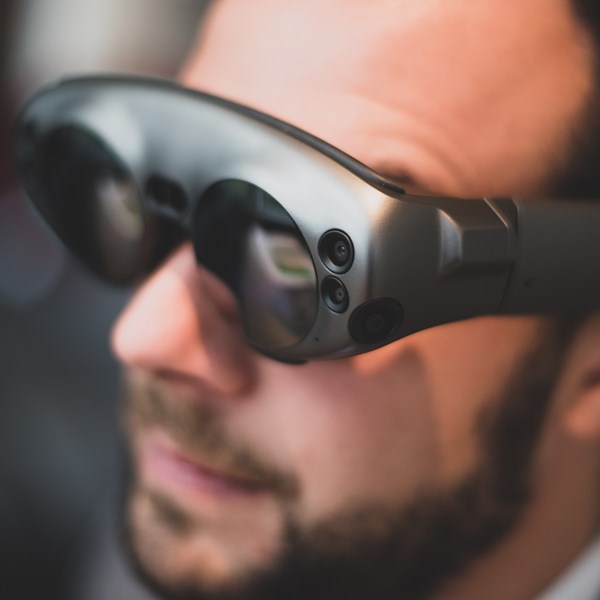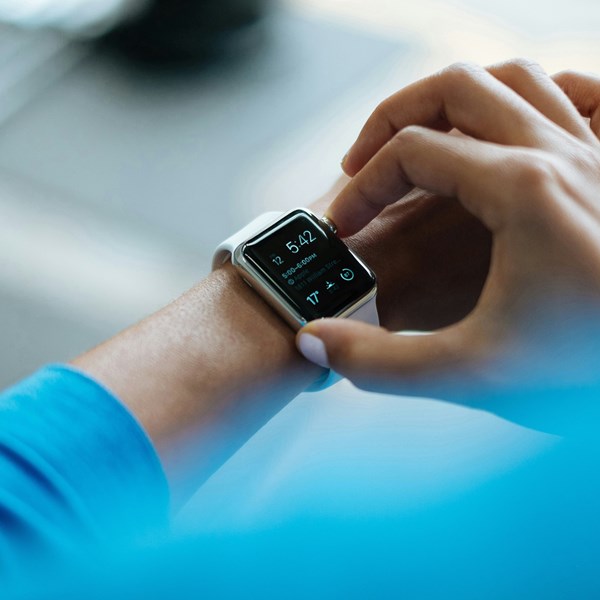A good start-point for identifying patentable software-based inventions is to understand the effect of the output of your software.
Is the output used for the automation of a process or for improving the automation of a process?
Does the output have improved accuracy compared with what was done before?
Does the way the output is generated provide for faster or more efficient processing? Do you get fewer failures using the output?
We can also look at the sub-processes performed by the software. Is the data handled or transferred with improved security or efficiency? Is the overall process improved by different entities performing different parts of the software code?
If the answer is yes, then your software may well provide a technical contribution and therefore be patentable.
Alternatively, it may be the case that the software is used for more commercial aims, such as carrying out business transactions or managing documents. The growth areas of fintech and regtech may provide new software solutions with clear commercial advantages, but it is important to confirm that these complement more technical ones.
Do the cost savings come from improved processing efficiency? Or, does the better user experience come from advances in security or privacy? If either are true, you could well have software that makes a technical contribution.
Furthermore, in healthtech or digital health, software may be tasked with gathering data from a patient who is undergoing a course of treatment. If we can identify where the software interacts with the treatment, we may be able to argue a technical contribution is present.
Once a technical contribution is identified you then need to understand all the technical advantages the software provides because this will help to determine if it is inventive.
WHEN IS A SOFTWARE-BASED INVENTION INVENTIVE?
If the output of the software provides a technical contribution, then we can look at whether it is inventive. The following are encouraging signs that your software is operating in an inventive way:
- The software involves processing/combining a plurality of parameters in a new way
- The software provides a way of obtaining a surprisingly good result
- The software brings together known algorithms in a non-obvious way
- The software uses processing techniques from unrelated technical fields
- The software enables you to get results more quickly and/or efficiently than would typically be expected when computer implementing the process
It may be that you can instantly see one or more of these applies to your software. If this is the case, you should take advice as to how you can progress patent protection.
However, in the many cases it will be less clear. In such cases it is always worth getting advice from an experienced software patent professional before dismissing the opportunity of patent protection.
If you would like to have either of these conversations with one of the software specialists in our dedicated electronics and communications team, please contact us today.














